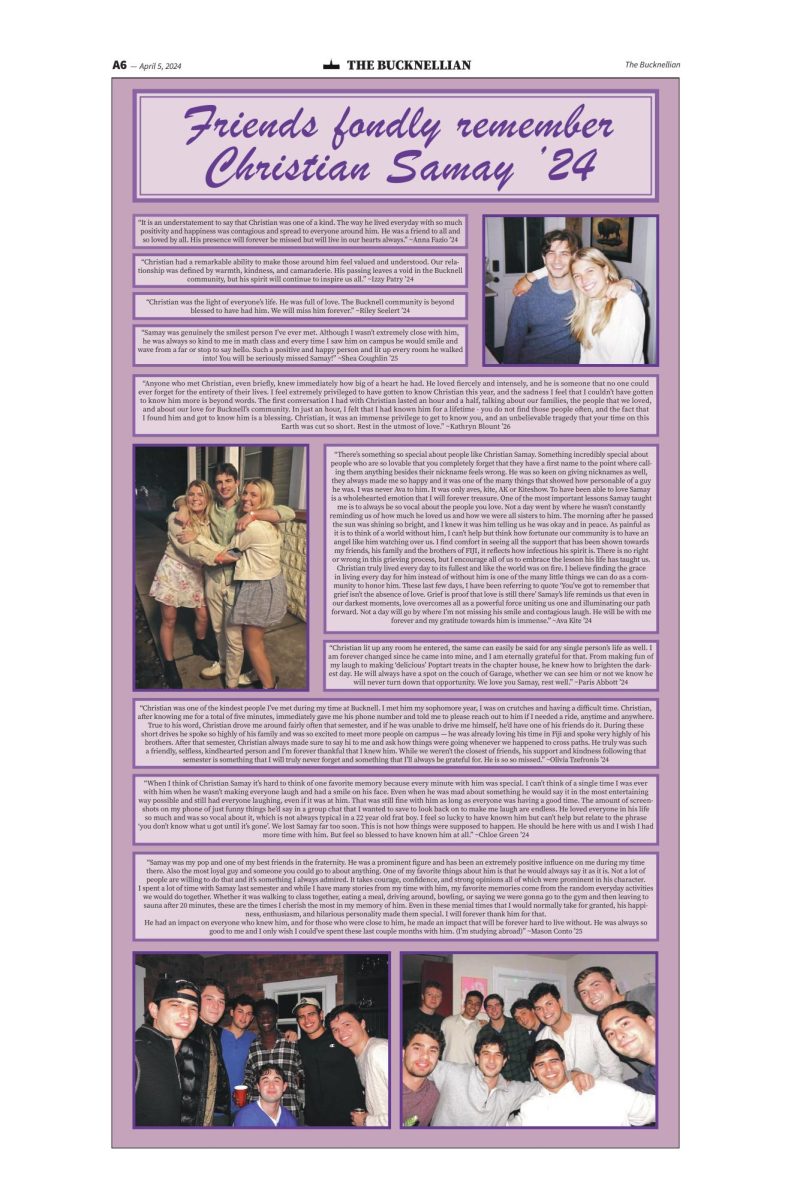Editorial
October 9, 2014
On Oct. 6, the campus community received several alerts from the University’s Department of Public Safety informing them about an incident involving a shooter near campus. The messages, the majority of which came via email, not only relayed information about the incident but also offered safety instructions. Directions included staying inside, locking the doors, and calling an officer if an escort across campus was needed. The incident and the way in which Public Safety handled its reporting revealed several flaws in the University’s emergency notification system.
The purpose of the emergency notification system, or “Campus Alerts,” is to inform the entire campus community about a threatening situation and to inform them of proper safety precautions. Members of the community felt that the alerts they received that night did not meet this standard.
First, the Department waited too long to inform the campus about the incident; it took about 30 minutes for the first email to be sent out.
Second, the form of the notifications was insufficient. While the campus received several updates throughout the night, all except one came through email. For a situation as serious as this, an email is simply inadequate. It does not relay the information fast enough, nor does it convey the urgency of the situation. Community members finally received a single text message about two hours after the first email was delivered, and nearly three hours after the incident actually occurred.
Third, the content of the alerts was insufficient. The notifications contained sparse and confusing information. And finally, there was little information offered regarding the recommended precautionary measures for the given situation.
Some community members were subsequently confused as to what was happening, and some were unaware of the situation altogether and the potential danger at hand.
The way the situation was handled left students with several questions: Is this an efficient way of informing the campus community about an emergency? What could have happened if the shooting was closer to campus and we still had this major delay?
Public Safety needs to send better campus alerts, namely ones that quickly and accurately deliver important, potentially life-threatening information to students, faculty, and staff. While email and text notifications were utilized, there is room for improvement. Email is not an efficient way to ensure that every member of the campus community knows about an incident. Texting or calling conveys the urgency of the situation and informs the community of the information that they need to know immediately for their safety.
Luckily, the shooter was miles away, but what if he or she had been on campus? The University should implement a better plan of action during an emergency. The campus should be locked down, and officers should be posted at most, if not all, residence and academic buildings. This way, the community can receive instructions for safety measures as well as the most accurate information directly from the authorities. Public Safety should be deliberately escorting community members, rather than merely recommending an escort, to and from locations so that no individual need walk the campus alone.
Fortunately, we have rarely needed the notification system in the past for a highly threatening situation. We hope that we do not need to use it frequently in the future. Regardless of its frequency, it is a necessity. The notifications need to grab and hold the attention of the University community. The alerts need to portray information about the incident as well as a sense of protection. Shootings or similar incidents are not events we expect to happen here at the University, but the reality is that they can happen anywhere, and we need to be prepared for them. The safety of our community is, and should continue to be, of utmost importance.























